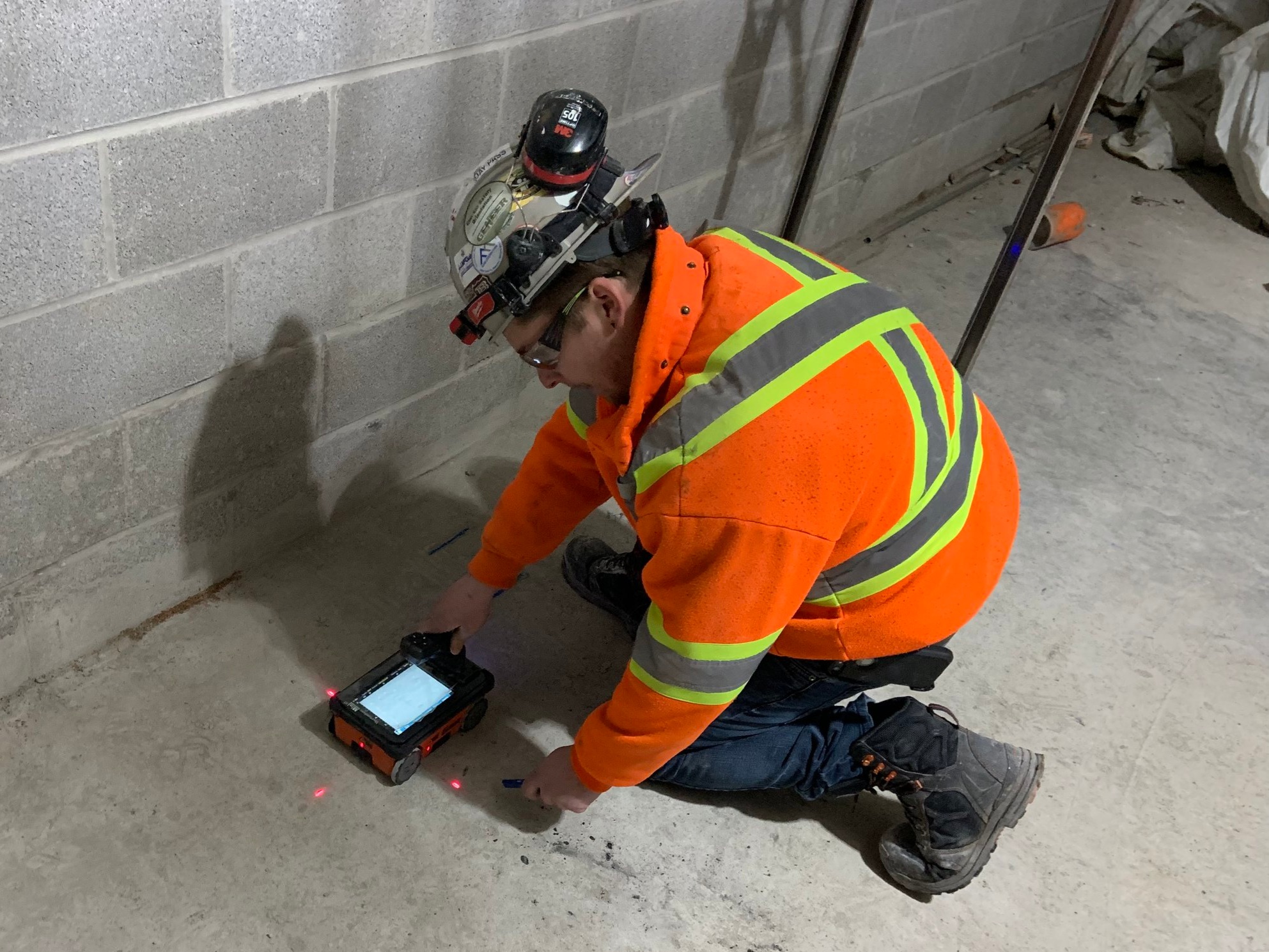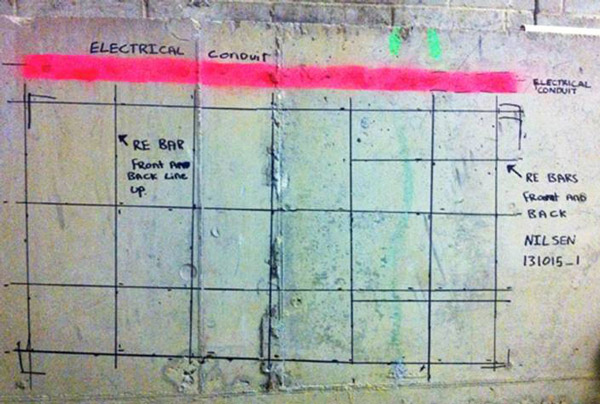Concrete Scanning: An Essential Action Towards Making Sure Architectural Stability and Safety And Security
In the realm of construction and facilities maintenance, the relevance of concrete scanning can not be overstated. This precise procedure holds the vital to introducing potential threats hidden below the surface area of relatively solid frameworks. By utilizing advanced innovation and approaches, concrete scanning works as an essential tool in making certain that the honesty and safety and security of bridges and structures are upheld to the highest criteria. Nonetheless, past its surface-level implications, the duty of concrete scanning prolongs far much deeper than satisfies the eye.
Importance of Concrete Scanning
Concrete scanning plays an important duty in making sure the structural stability and safety and security of structures and framework tasks. By utilizing innovative technologies such as ground-penetrating radar (GPR) and electromagnetic induction, specialists can non-destructively evaluate concrete structures to discover potential defects, gaps, ingrained objects, and support format. This procedure makes it possible for very early discovery of abnormalities that can compromise the stability of a structure, protecting against costly damages and making sure the safety of owners.
Before drilling, cutting, or coring into concrete, scanning assists identify the accurate locations of rebar, post-tension cables, and various other ingrained elements, lowering the danger of unexpected hits that could lead to architectural weaknesses. Furthermore, concrete scanning help in quality control by validating the density of concrete covers and spotting any kind of inconsistencies that might impact the general toughness of the structure.
Modern Technology for Concrete Evaluation

Benefits of Early Discovery
Prompt discovery of structural issues can significantly alleviate threats and ensure the longevity of building jobs. By recognizing potential problems at an early stage in the building and construction procedure, stakeholders can take aggressive measures to deal with problems before they intensify right into bigger and extra costly problems. One of the essential benefits of early detection is the prevention of structural failures, which can present severe safety and security threats and bring about task hold-ups and economic losses.
Moreover, early discovery enables prompt fixings and upkeep, which can aid prolong the life-span of the framework. By addressing concerns immediately, construction teams can prevent expensive repair work or perhaps the need for early substitute of structural components. This proactive strategy not just saves time and money but additionally improves the overall safety and resilience of the construction task.
In addition, early discovery can boost job preparation and decision-making by giving stakeholders with important insights right into the condition of the framework. Armed with this information, task managers can make enlightened options concerning building and construction timelines, methods, and materials, leading to a lot more efficient and effective job outcomes.
Making Certain Structural Security
Making sure the architectural stability visit here of a building and construction job is extremely important to its security and longevity. Structural security refers to the capability of a building or facilities to keep its form and feature under environmental problems and numerous loads. To accomplish this, comprehensive analysis and monitoring of the structure are necessary. Concrete scanning plays an important duty in guaranteeing architectural security by detecting prospective problems such as gaps, delamination, or reinforcement corrosion that might endanger the honesty of the structure in time.
By making use of innovative scanning modern technologies like ground-penetrating radar (GPR) and electro-magnetic induction, building and construction specialists can non-invasively evaluate concrete frameworks to recognize locations of worry underneath the surface area. This positive strategy enables the very early discovery of weaknesses or problems, allowing prompt repairs or support to protect against architectural failings.
Routine concrete scanning during different building and construction stages and throughout the life process of a structure can assist preserve its stability, reduce risks, and ensure the safety of occupants. By focusing on architectural stability via concrete scanning, building and construction jobs can enhance their resilience and toughness, inevitably adding to higher safety and security and longevity.

Stopping Essential Failures
Executing regular examinations, such as concrete scanning, can reveal covert issues like gaps, cracks, or rust that can compromise the integrity of a structure. By using innovative scanning technologies like Ground Permeating Radar (GPR) or Concrete X-ray, designers can non-destructively assess the condition of concrete and determine weak factors that call for reinforcement or repair work.

Verdict
Finally, concrete scanning plays an essential role in ensuring structural stability and security by making use of innovative technology for early detection of potential issues. This proactive approach helps prevent vital failures and guarantees the stability of structures. It is vital to prioritize concrete assessment as a common technique to safeguard the durability and security of buildings and facilities.
Concrete scanning plays a vital function in making sure the structural integrity and safety of structures and facilities jobs. Additionally, concrete scanning aids in top quality control by validating the thickness of concrete covers and discovering any discrepancies that might impact the overall durability of the framework. Concrete scanning plays a vital function in ensuring architectural stability by spotting possible problems such as voids, delamination, or support rust that could endanger the stability of the framework over time.

In final thought, concrete scanning plays an important duty in making certain architectural honesty and safety by utilizing advanced modern technology for very early detection of prospective problems.